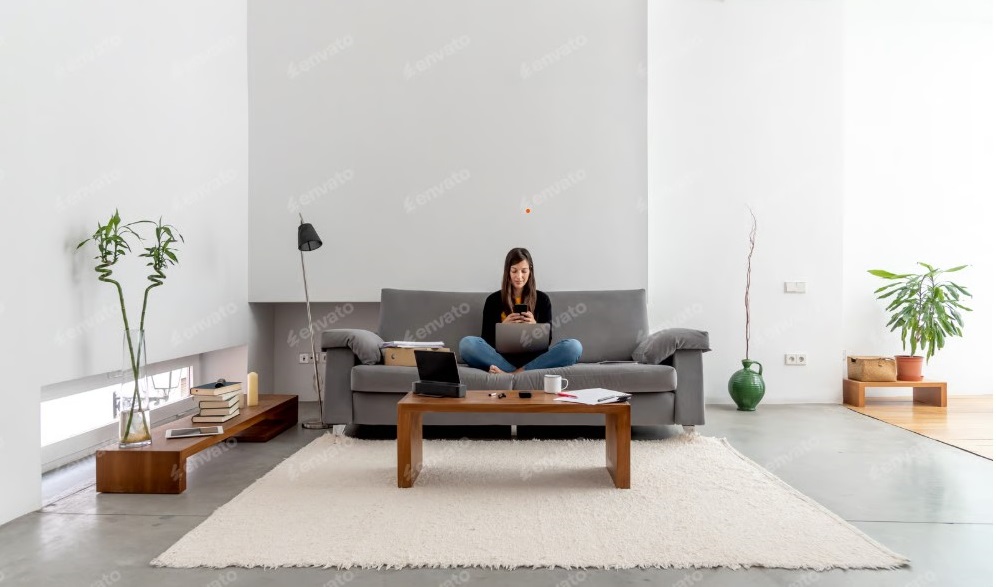In an age defined by overconsumption, fast fashion, and disposable everything, more people are turning to minimalism as a path toward peace of mind—and a healthier planet. Minimalism isn’t just about clean spaces or aesthetic simplicity. It’s about living with intention, reducing waste, and making choices that align with long-term values rather than short-term convenience.
This shift is more than a personal lifestyle—it’s a step toward a more sustainable future. And it starts with one simple idea: less is more.
What Is Minimalism, Really?
Minimalism is often misunderstood as owning as few items as possible or living in stark, empty spaces. But at its core, minimalism is about intention. It’s choosing what truly adds value to your life and letting go of the rest.
In the context of sustainability, this means being mindful of what you bring into your home, how it’s made, how long it lasts, and where it ends up when you’re done with it.
Minimalism isn’t restrictive—it’s liberating. It allows you to break free from the cycle of constant consumption, giving you more time, more space, and more clarity. Most importantly, it gives you the opportunity to reduce your environmental impact through conscious choices.
The Environmental Cost of Overconsumption
Before we dive deeper into the minimalist approach, it’s important to understand the cost of our collective habits:
- The average American throws away 81 pounds of clothing each year.
- Globally, we produce over 300 million tons of plastic annually, half of which is single-use.
- E-waste is the fastest-growing waste stream in the world, with millions of devices discarded yearly—many still functional.
Most of this waste ends up in landfills, oceans, or incinerators, leaching harmful chemicals and contributing to pollution and climate change. Behind every cheap product is a long chain of resource extraction, energy consumption, and emissions.
The antidote to this isn’t buying “greener” stuff. It’s buying less—and better.
How Minimalism Supports Sustainability
Let’s break down how a minimalist lifestyle can directly support the environment:
1. Reduces Waste
By owning fewer items, you’re less likely to contribute to landfills. A minimalist wardrobe, for example, focuses on versatile, timeless pieces instead of fast fashion. This reduces textile waste, packaging, and shipping emissions.
2. Encourages Thoughtful Consumption
Minimalism helps shift your mindset from “What can I buy?” to “What do I really need?” This slows the pace of consumption, making space for better decision-making and fewer impulse purchases.
3. Promotes Durable, Eco-Friendly Products
Minimalists often invest in high-quality, long-lasting items. From reusable water bottles and glass containers to ethically-made clothing, the focus is on sustainability over disposability.
4. Saves Resources
Owning less means using less water, energy, and materials. You wash fewer clothes, need less storage, and live in smaller spaces—all of which reduce your ecological footprint.

